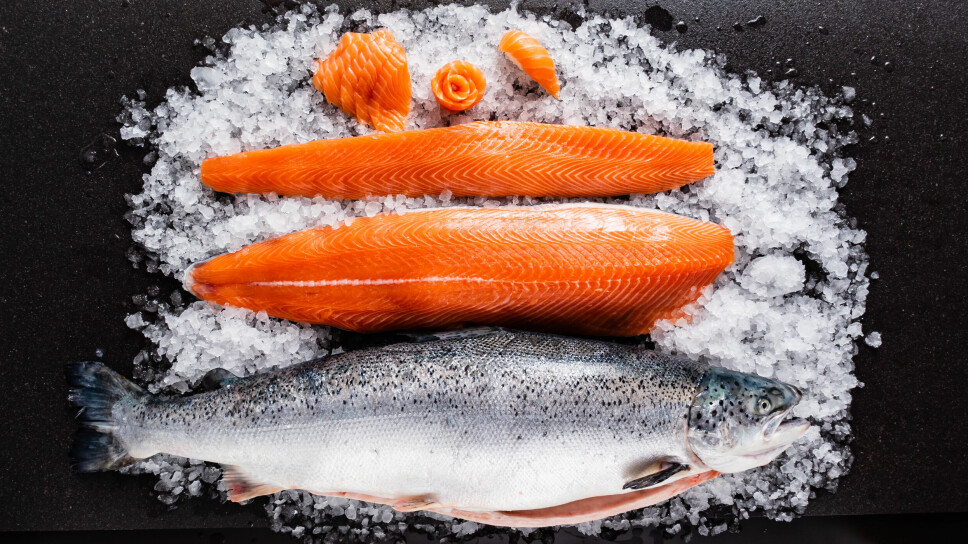
Hunger for salmon helped seafood trade to new record last year
Demand has fully recovered in US and Europe, but volume expansion is essential, say analysts
Demand for salmon and shrimp pushed the value of the global seafood trade to new heights in 2021, according to a new report from Rabobank.
Last year the value of the global seafood trade grew by US $13 billion, reaching a new peak of more than $164 bn.
Rabobank analysts Novel Sharma and Gorjan Nikolik, who wrote the report, expect this strong rebound from the Covid-hit market of 2020 to endure through 2022, as the world continues to emerge from the pandemic. Major markets like the United States and Europe have fully recovered, while China is gradually returning to pre-pandemic import levels. Premium aquaculture has been the decade’s winner – in particular, farmed salmon and shrimp.
The US is the fastest-growing market for seafood imports, with demand driven by health- and sustainability-conscious consumers, particularly among millennials and baby boomers, said Rabobank.
Peak imports
“Seafood trade in the US recovered more than expected in 2021 due to a combination of sustained at-home consumption and strong foodservice recovery,” said Sharma. “These factors led to peak imports for many species and an increase in import market share of high-value species. We expect long-term seafood demand to continue rising in the US.”

China is one of the most important seafood markets, with a growing middle class interested in premium products. Wild catch and aquaculture production do not satisfy local demand, leaving China increasingly reliant on imports, especially for premium species like shrimp, crab, and salmon, said Rabobank.
The country’s latest plan for national fishery development aims to expand aquaculture production to meet domestic demand but it will take time. “In the short term, we do not expect a significant increase in volumes, and therefore we anticipate limited impact on trade flows,” said Sharma.
Long term optimism
Chinese imports took a hit during the pandemic and have not fully recovered to 2019 levels. “For now, Covid-19 restrictions will continue to impact the market. However, we expect these measures to be temporary, and imports should return to normal levels in the long term," said Sharma.
Farmed salmon was one of the winning proteins of the decade, supported by growing demand for healthy and convenient protein, especially in Europe and the US, said Rabobank. Trade value dropped in 2020 but has rebounded with consumers continuing to cook more fish at home.
“Post-pandemic, the salmon trade’s value has been fuelled by high prices due to increasing demand and restricted supply growth. Expansion of volumes will be essential for continued growth,” cautioned Sharma.
Tough times for shrimp
Following record demand and supply for shrimp last year, prices have been dropping since the second quarter of this year. Demand and prices have come down while costs (feed, freight, energy) are still high, impacting farmer profitability. “This falling demand is likely to cause a short-term trade decline,” said Sharma. “Still, we do believe in shrimp industry growth. The industry is supported by strong, long-term demand, given shrimp’s position as a healthy and convenient seafood product with universal appeal.”
Rabobank’s report pointed out that the seafood trade has experienced one of the more volatile periods in recent history, and that with a possible macroeconomic downturn, more uncertainty is expected.
“However, we still expect the recent winners – salmon and shrimp – to keep growing in the coming few years,” concluded the authors.
“These two farmed species have proven their agility during Covid and benefited from the subsequent demand increase. After a decade of global import demand driven by China, it is also clear that the US is a seafood demand driver of possibly equal measure.
“Both regions have enormous potential to continue shaping global seafood trade flows and will be key drivers in the near and medium term.”






















































